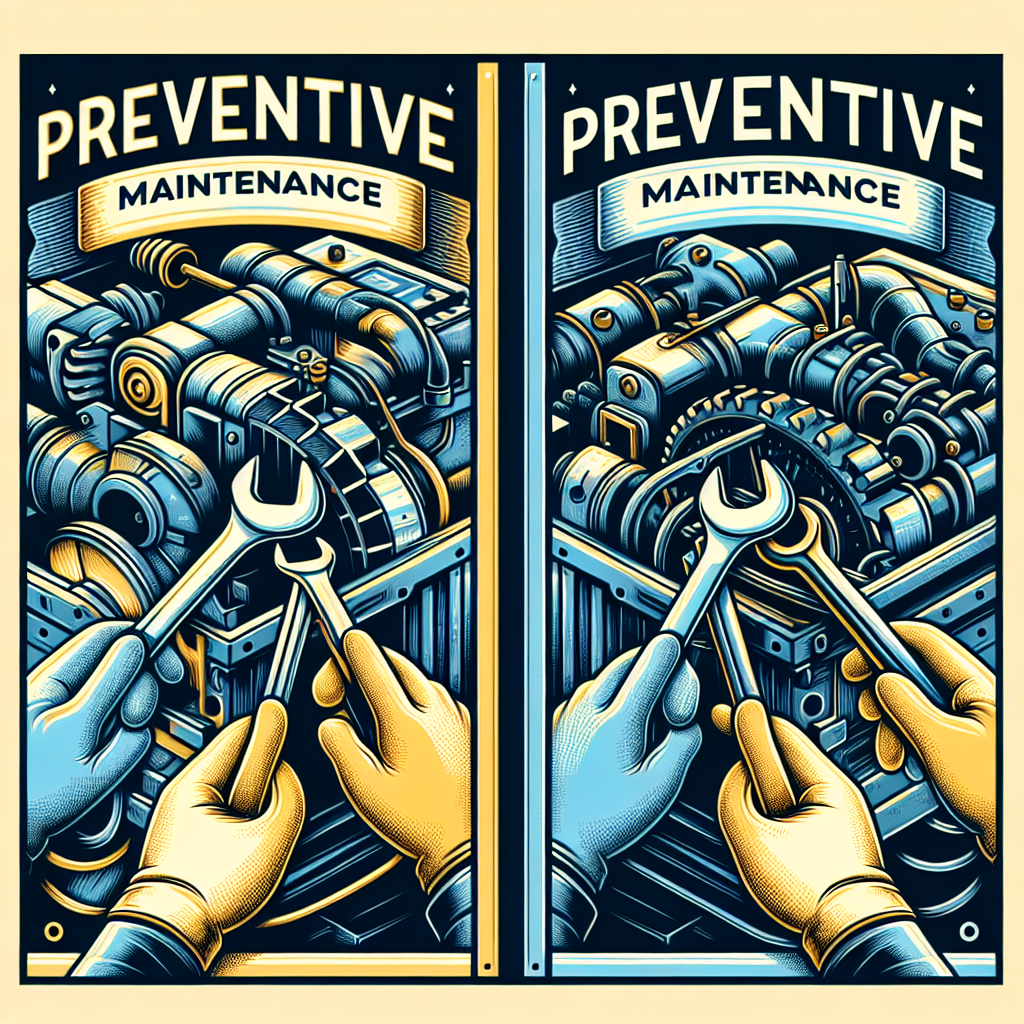Preventive vs. Proactive Maintenance: Understanding the Difference
Preventive vs. Proactive Maintenance: Understanding the Difference
Maintenance is an essential part of keeping equipment and machinery running smoothly and efficiently. However, there are two main approaches to maintenance: preventive and proactive. While both are aimed at preventing breakdowns and prolonging the lifespan of assets, there are key differences between the two methods.
Preventive maintenance is a strategy that involves regularly scheduled maintenance tasks to prevent potential issues from occurring. This can include tasks such as changing filters, lubricating moving parts, and inspecting equipment for signs of wear and tear. The goal of preventive maintenance is to identify and address small problems before they escalate into larger, more costly issues.
On the other hand, proactive maintenance takes a more strategic approach by using data and analytics to predict when maintenance is needed. This method involves monitoring equipment performance in real-time, analyzing data to identify trends and patterns, and using predictive maintenance tools to schedule maintenance before a breakdown occurs. Proactive maintenance aims to minimize downtime, reduce costs, and improve overall equipment reliability.
So, what are the key differences between preventive and proactive maintenance?
1. Timing: Preventive maintenance is typically done on a regular schedule, regardless of whether the equipment actually needs maintenance. Proactive maintenance, on the other hand, is based on data-driven insights and is performed when the equipment shows signs of potential failure.
2. Cost: Preventive maintenance can be costly, as it involves performing maintenance tasks whether they are needed or not. Proactive maintenance, on the other hand, can help reduce costs by identifying and addressing issues before they become major problems.
3. Downtime: Preventive maintenance can lead to unexpected downtime if a part fails between scheduled maintenance tasks. Proactive maintenance aims to minimize downtime by addressing potential issues before they cause a breakdown.
4. Complexity: Proactive maintenance requires more advanced tools and technology, such as predictive maintenance software and sensors, to monitor equipment performance and predict maintenance needs. Preventive maintenance, on the other hand, is more straightforward and can be done with basic maintenance tasks.
In conclusion, both preventive and proactive maintenance are important strategies for keeping equipment running smoothly and efficiently. While preventive maintenance focuses on regular scheduled tasks, proactive maintenance uses data and analytics to predict and prevent breakdowns. By understanding the key differences between the two methods, businesses can develop a comprehensive maintenance strategy that maximizes equipment reliability and minimizes downtime.


